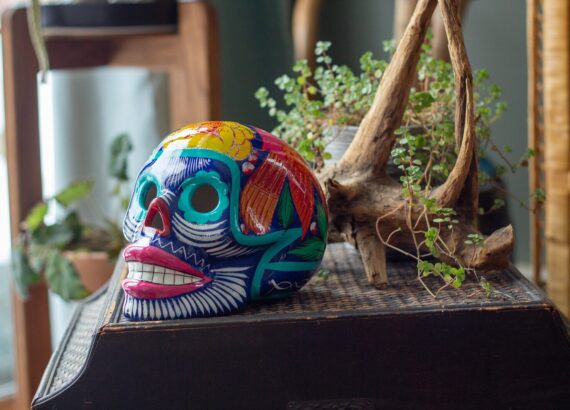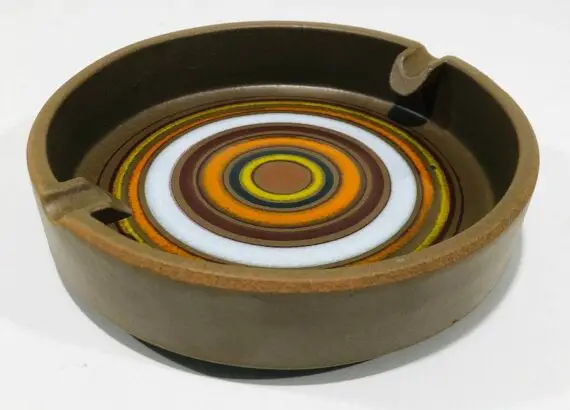What Is Korond (Corund) Pottery? Facts & History
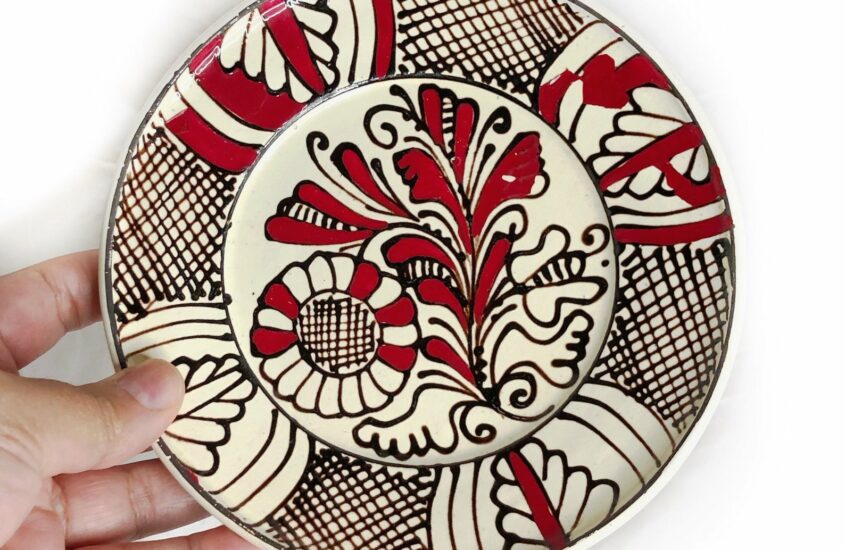
The amazing art of pottery in Korond, Romania, has been described as one for all ages, with corresponding written records to far back 1613.
This middle-aged tradition soon catapulted the Harghita county, on the east of Transylvania into an industry sustained by the renewable art of pottery and made a name for itself as one of the most remarkable pottery types and ceramics.
The people of Korond often produced pottery in the shape of discs and the routine plates, pots, jars, cups, and bowls, etc., most of which were glazed with contrasting colors.
History & Facts of Korond (Corund) Pottery
The Korond people boast in their unique artwork that has evolved to include pottery, woodwork, sculpting, metalwork, etc.
Since the 11th century, the Koronds have boosted their economy by dealing in pottery, woodwork, and many other handicrafts. Much has been said in historical records of the people’s growth.
Although it is unclear how pottery began in Korond, some natives believe -and suggest- that the art was handed down to them divinely, and it started when the world began.
The traditions upheld by the Koronds in their dealings with pottery and glazing are meant to represent the Szelkez people’s culture.
However unclear or construed some of these legends seem, here are some notable facts about the Korond people and their pottery:
- The pottery began as a strict hand-made trade and only began to use the electric potter’s wheel in 2015. Also, the
- Nearly every household in the Koronds can boast of a pottery studio for creating their versions of heavenly nostalgia.
- The trade is usually passed down from father to son and from mother to daughter and is often a family trade, as seen in this exhibition by the Lazlo family.
- Although most of their pottery is glazed with white and cobalt blue, the Koronds were undoubtedly not so reserved when choosing colors, as they often make use of other colors like black, red, yellow, blue, and other fanciful colors that catch the eyes.
- The entire process of making and decorating pottery in Korond is done by hand. Not only does this guarantee that each piece of pottery is unique, but it also shows how dearly the Korond potters hold their traditions.
How Is Korund Pottery Made?
From the beginning of the molding process, all aspects are significant and greatly valued to the potter. For example, the clay is gotten from the venerated Sacadat creek before curing and dried in strips for final use.
When the clay strips are ready to be used, they are retrieved, placed in water to restore some of the lost wetness before it is kneaded into the shape the potter desires.
Admittedly, some potters make use of the potter’s wheel to assist them in the throwing and kneading process; in making the wall art pottery, most Korond potters make use of their hands, flattening and reshaping the clay as they go.
Later on, the pottery is left in the sun to remove as much moisture as is possible before it is placed in specially designed heating areas and/ or ovens for baking. After this, some potters apply glaze, vitrify the pottery, and bake again.
Examples of Korond Pottery
Perhaps the most prominent type of pottery produced by the Korond people are the intricately designed wall plates.
Perhaps the most prominent type of pottery produced by the Korond people is the intricately designed wall plates.
These beautiful, delicate potteries are made with utmost precision, glazed with bright colors, and decorated with contrasting colors (usually cobalt blue). These are ornamental pieces, and they come with attachments with which they can be placed on walls.
For example,
1. This Hungarian Transylvania decorative wall plate highlights the diversity in adopting the colors used in glazing pottery in Korond.

The beautiful red handmade patterns are used to portray an elegance that comes with plants and flowers.
2. These handmade ceramic wall plates listed on Etsy display intricate artwork of flowers and birds, and they showcase that the Koronds have no problem using other colors of glaze to express their art.
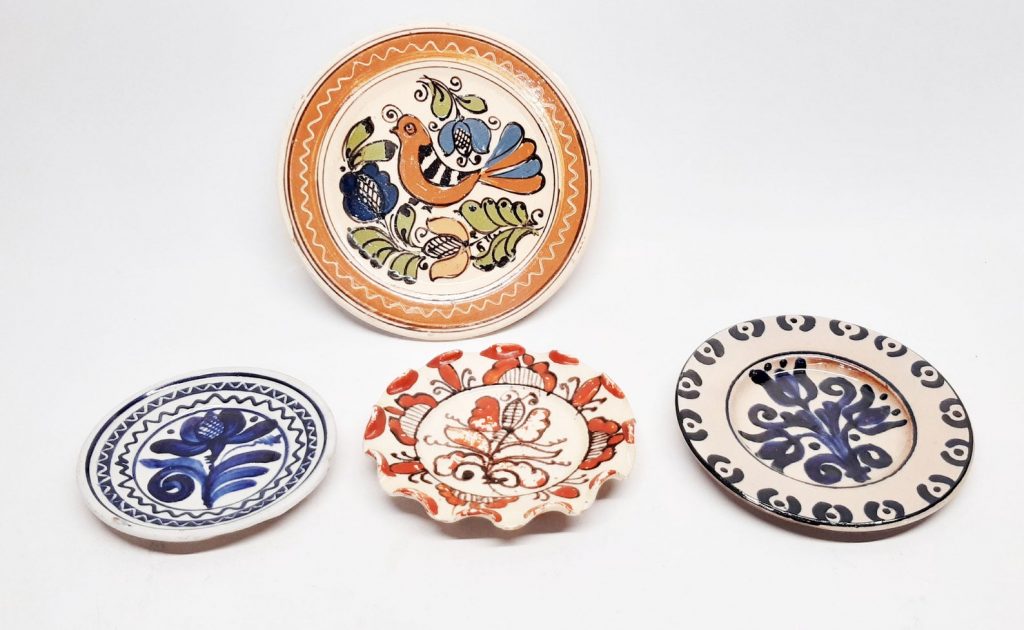
3. This handmade wall ornament is special for more than because it was handmade; it bears its creator’s signature from when it was created.
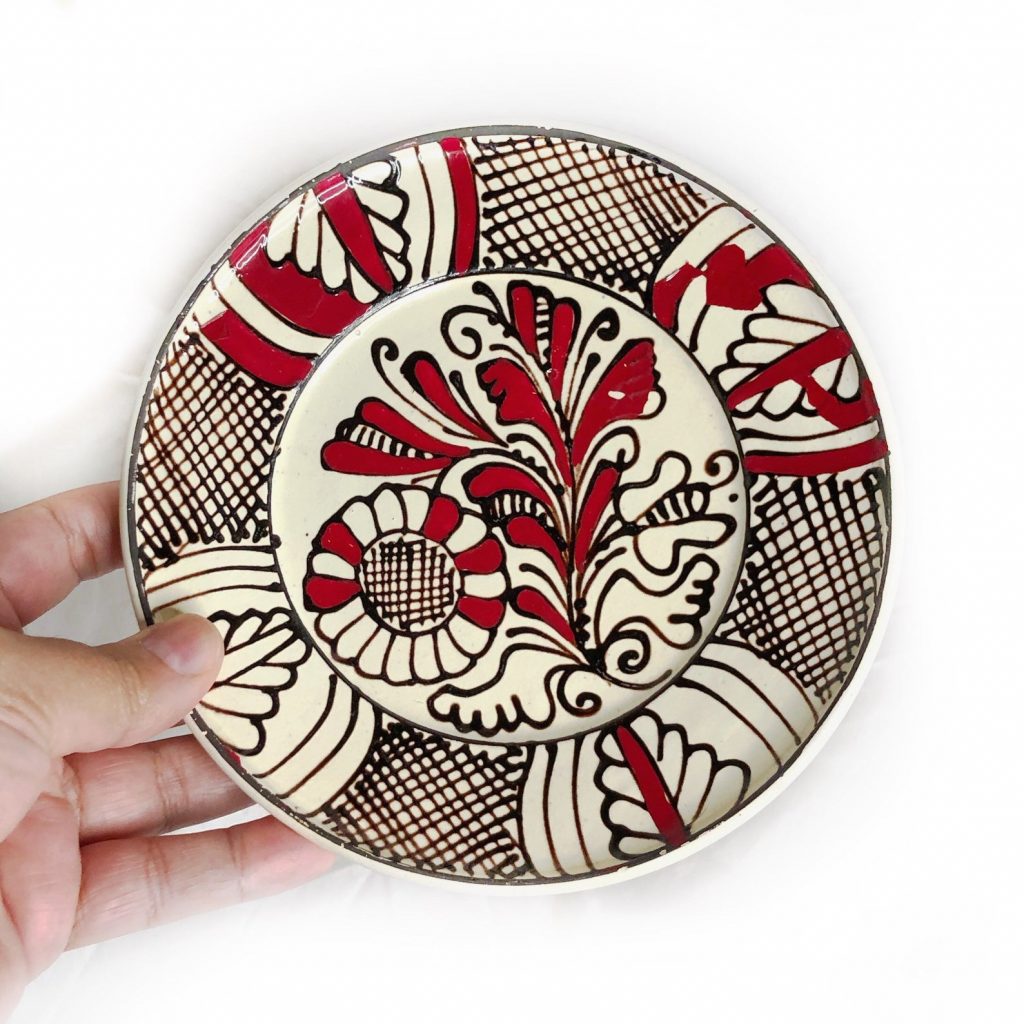
4. Yes, the Korond pottery makes more than wall art. This beautiful pitcher sports the signature cobalt blue decorative glaze, and it instantly transforms the style of whatever setting it is kept.
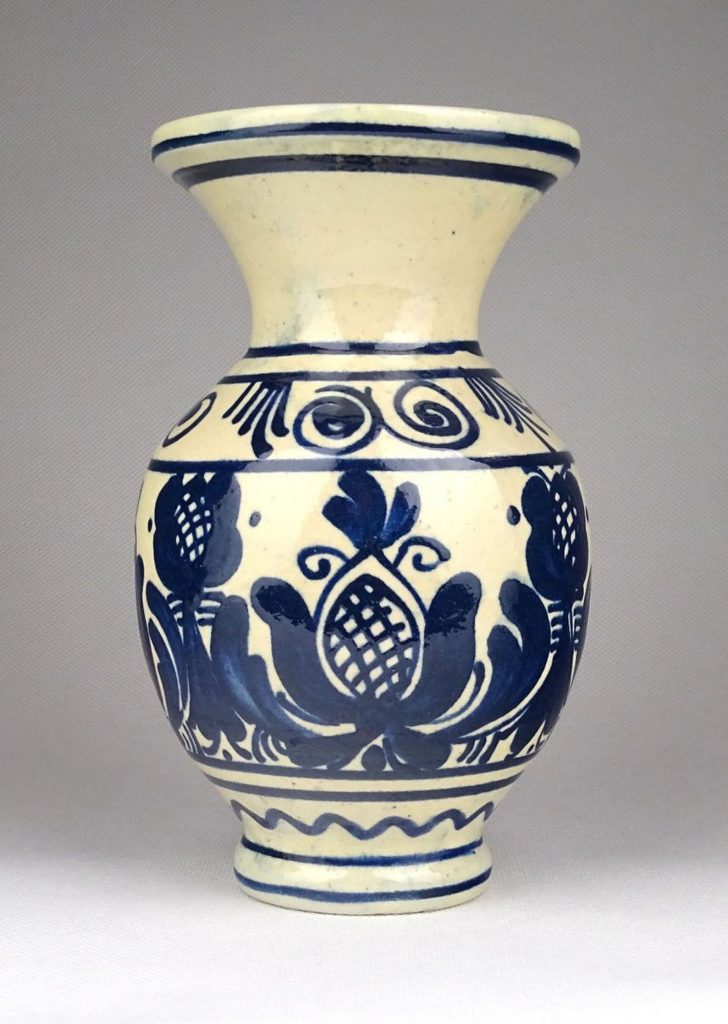
5. While the French had their cute little cache pots, the Koronds had their form of what is now known as the “jardiniere”, used as vases.
This Etsy listing on these multicolored ceramic pitchers and flower vases provides more proof that the Koronds knew how to rise up to whatever occasion they found themselves in.
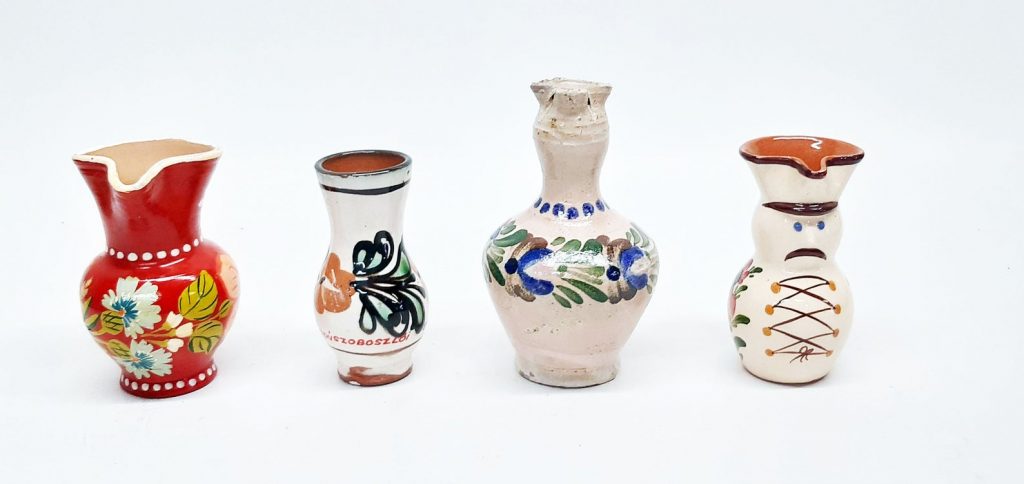
6. This paired listing of a pitcher and a jug on Etsy, provides an up-close, well-detailed view of the intricacies of the many pieces of Korond pottery.
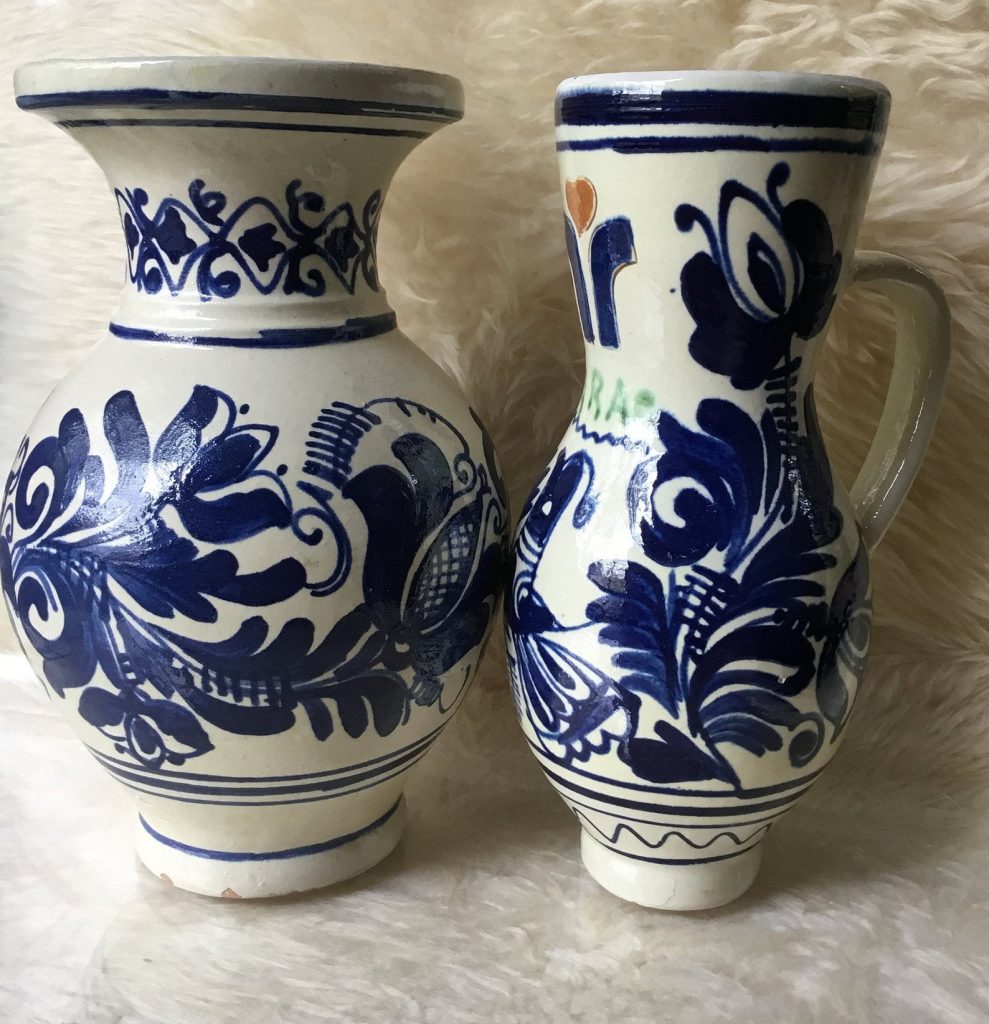
The people of Korond are generally accommodating to people from all walks of life, so they draw in tourists by the thousands yearly. Many tourists can attest that the Koronds idea of pottery promotes a form of communal living among its citizens.
Not only do the Korond people draw tourists in to view their unique, handmade form of pottery, they also troop in to buy affordable souvenirs, hats, woodwork, works of metal, and other handmade wares.
For example, the Korond people have earned a reputation for making hats and bags out of a kind of mushroom that grows on trees. These items are carefully handcrafted and sold to tourists.
In addition to being the pottery city of Romania, this quaint little city also holds a track record of having its pottery pieces featured in pottery fairs anywhere and everywhere worldwide.

